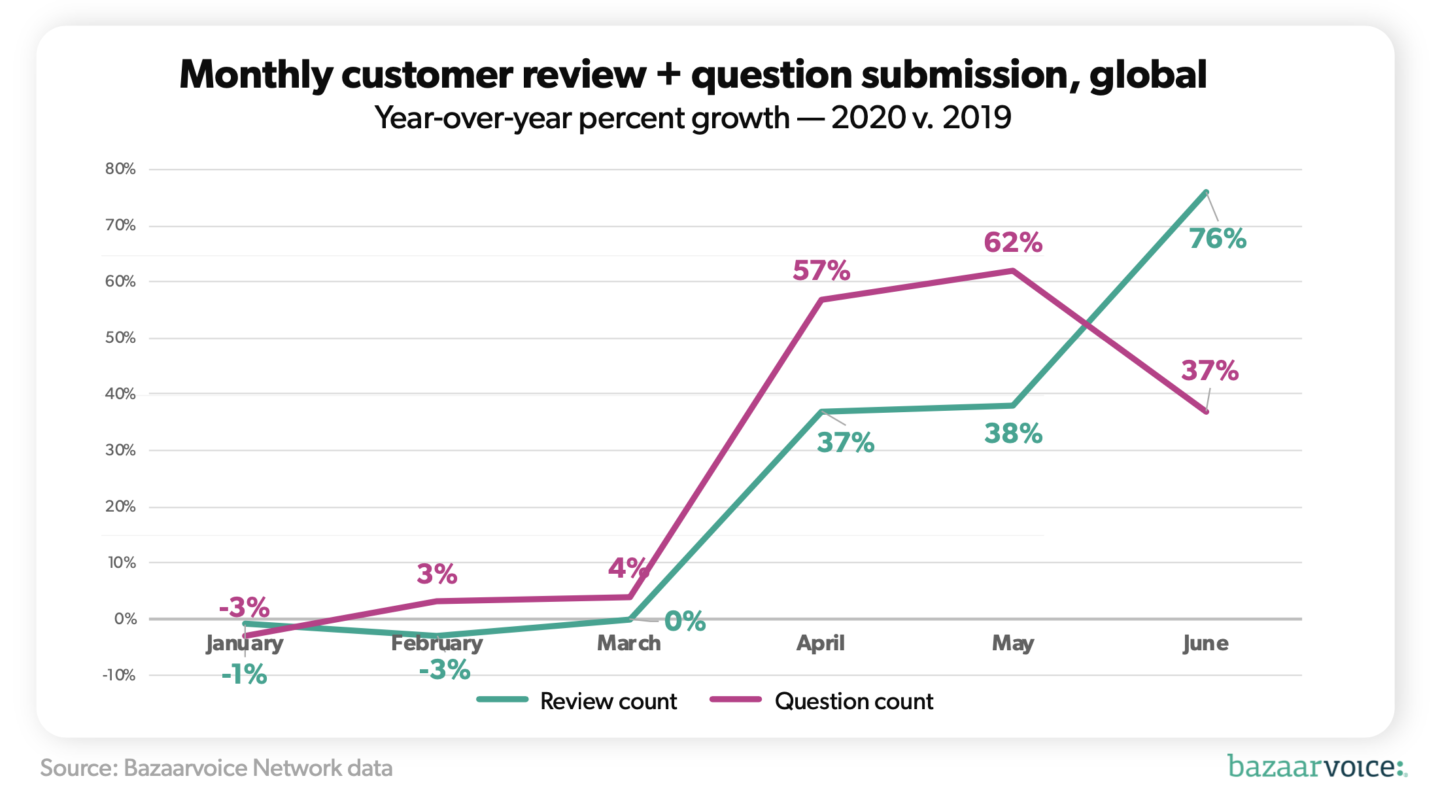

As an executive responsible for overseeing retail logistics, e-commerce and last mile operations, you’ll have to steer your company through the effects of Covid-19, the rise and diversification of online shopping, changing consumer behaviour, and a global economic recession. A daunting task. But you and your last mile delivery operations can get your company through this.
In this blog, you’ll find out:
Why deliveries became the crucial touchpoint with customers
How bigger and diverse baskets put your last mile delivery operations under pressure
What retailers need to do to beat Amazon
1. Deliveries became the crucial touchpoint with customers
During the first wave of Covid-19, we saw a 73,8% increase in home deliveries in metropolitan France. A study by McKinsey confirmed the spike and projected a 17% rise in e-commerce revenues. The second wave shows that this surge won’t be slowing down any time soon.
On top of that, consumers’ online shopping baskets became bigger and more diverse. Consumers turn to online stores to purchase a wide array of essential and non-essential goods, ranging from apparel to over the counter medicine. Every product category has seen an increase of up to 30%. Great for sales, but challenging for the delivery operations.
The growth and diversification of e-commerce will increase the pressure on any delivery operation. The consumers’ expectations amplify that pressure. Consumers expect delivery to be free and fast, and they want to be “kept in the loop”. Four in five consumers want to receive information regarding the progress of their delivery.

In addition to this, online consumers have a higher intent to share their reviews. If retailers fail to meet any of the consumer’s delivery expectations, consumers won’t hesitate to share their grievances online. It’s safe to say that delivery has become a crucial touchpoint for a retailer’s brand and image. It is often the only touch point with “a person” throughout the purchase process. The delivery person is the only person the customer will see.
Bazaarvoice reports that “whether shoppers are finally receiving packages delayed in the mail due to COVID-19 or they’ve come to pay it forward as a consumer and leave a review for others, review count is up 76% year-over-year compared to 38% YOY in May. Question submission, however, dropped from 62% YOY growth in May to 37% YOY growth in June.”

The question is: how will retailers organise and optimise their delivery operations to cope with these challenges, compete against the likes of Amazon, and seize the opportunities that they present?
Conclusion: Since shopping happens online, retailers will have fewer opportunities to interact with customers. And interaction is critical for a positive customer experience. As one of the few remaining touchpoints, delivery becomes more important than ever. Retailers must realise that convenient and predictable delivery is paramount for customer experience and customer loyalty.
Our recommendation
To improve customer experience and build loyalty, you first need to evaluate your current last mile delivery performance:
- Do you have real-time visibility, tracking & tracing and control over the dispatches?
- Do your carriers offer real-time delivery updates?
- How many delivery related complaints are you getting weekly or monthly?
- What’s the failed delivery rate?
- How long does it take to resolve disputes with external 3PL providers?
- Do your carriers offer real-time delivery updates?
- How many delivery related complaints are you getting weekly or monthly?
- What’s the failed delivery rate?
- How long does it take to resolve disputes with external 3PL providers?
Analysing these metrics will help you spot the weaknesses and define a set of requirements to your service providers.
2. Diversification of shopping baskets turns delivery operations into a Gordian knot
Traditionally, retailers rely on multiple fleets consisting of either 3PL providers or mixed with in-house solutions. Those fleets vary by types of vehicle, geographical coverage, delivery SLAs they can support, capacities etc. The surge of online shopping and the diversification of consumer purchases will only raise these complexities.
The expansion of retail delivery services through shared economy channels has its pros and cons. It allowed retailers to expand their offering, but it also added complexity and increased the need for flexibility when managing orders through diversified logistics providers.
Coincidentally, a recent study by Reuters Events Supply Chain found that 42% of retailers have not made changes to improve their flexibility these past five years. Only around a third of all survey takers stated that their companies have taken the necessary steps to manage last mile issues effectively.
Conclusion: The diversification of shopping baskets and the rise in home deliveries make it harder for retailers to establish efficient dispatch operations with multiple 3PLs. The growth of e-commerce is forcing retailers to diversify their fleet even further and call upon more external carriers, thus potentially turning their delivery operations into a Gordian knot.
Our recommendation
The digitalisation of warehousing and delivery operations is still the leading strategy for retail’s last mile efficiency. We’ll expound on that in the next paragraph. There are many ways to digitalise, but to increase flexibility, retailers should at least implement these policies:
Increase your delivery windows. Consumers tolerate longer deliveries during the pandemic. This might give you more capacity and flexibility to schedule joint deliveries or pickups to optimise costs. More “degrees of freedom” for your optimiser.
Get extra capacity by utilising dark store (front warehouses) models.
Allocate more 3PL capacity for high-demand products.
Impose maximum order limits.
Analysing these metrics will help you spot the weaknesses and define a set of requirements to your service providers.
3. Retail has to digitalise to beat Amazon
Zalando recorded astonishing growth, and Amazon further established itself as the leader in online retailing. Their e-commerce business models allowed them to adapt and scale efficiently and nibble away at other retailers’ sales.
Conclusion: Despite Zalando’s and Amazon’s head-start, you can still catch up with those behemoths by implementing an all-encompassing last mile management technology. There are plenty of tools that can help retailers balance delivery speed, efficiency and customer experience.
Our recommendation
Once you’ve decided to implement last mile management software, you need to find the right one. Not all last mile delivery management tools are created equal. Find yourself a delivery management tool that:
- Allows you to manage complex mixed delivery fleets setups (own/3PL/on-demand etc.)
- Can optimise across fleets, internal and external
- Is customisable and adaptable to your specific operational model, including localisation and internal jargon
- Allows you to onboard 3PLs in a matter of days
- Enables you to offer deliveries across varying types of services (express, next day, scheduled, click & collect etc.)
- Focuses on innovations and customer requests
- Offers 24/7 support
- Can optimise across fleets, internal and external
- Is customisable and adaptable to your specific operational model, including localisation and internal jargon
- Allows you to onboard 3PLs in a matter of days
- Enables you to offer deliveries across varying types of services (express, next day, scheduled, click & collect etc.)
- Focuses on innovations and customer requests
- Offers 24/7 support
No matter what last mile delivery management platform you use, we would recommend that you act quickly and start optimising your last mile operations today. The sooner you adapt, the easier it is to keep your customers satisfied and your costs down.
Based on our experience in supporting some of the largest retailers in Europe, we can rapidly help you plan and optimise your delivery operations.




